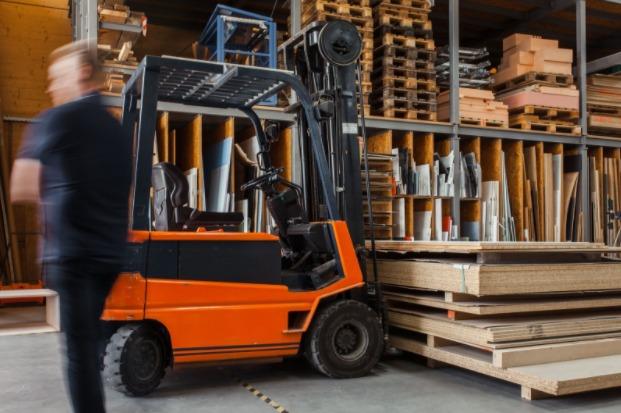Producer prices in the United States have surged in the last month, resulting in the biggest annual increase the country has seen in about 10 ½ years. This annual gain growth in producer prices could suggest that inflation in the country will remain high, just as consumer demand will continue to grow and the economy will attempt to recover from the COVID-19 pandemic. However, global supply chain problems will also more than likely continue to be an issue for countries worldwide, which will only help raise producer prices more in the coming months, and possibly even for the next two years.
In June, the producer price index for final demand rose by 1.0%. In May, it rose 0.8%. The cost of services jumped by 0.8% and accounted for about 60% of the total increase in the PPI. In may, services only rose by about 0.6%. Meanwhile, the prices of goods in June rose by about 1.2%; in May, it rose more, about 1.5%.
The PPI for the last 12 months increased by 7.3%, the largest year-on-year PPI rise since November of 2010.
There are signs that inflation could be close to peaking. The Labor Department is adamant that inflation is transitory; many economists also hold this view. The belief is that inflation will continue to increase, however, it will eventually moderate itself cease to be an issue in the future.
While the White House and economists truly believe that inflation is transitory, some businesses are worried that this isn’t the case. According to the Federal Reserve’s latest analysis, some businesses believe that high inflation is transitory, while the majority believe it will continue on and increase costs.
The increase in producer prices is likely for a lot of reasons. As the United States economy works to fully recover from the COVID-19 pandemic, unique problems have kept the country from fully rebounding just yet. For example, there is a huge shortage of workers on a national basis. People aren’t returning to the workforce like many assumed they would after being laid off during the pandemic last year, or early this year.
Because of this labor shortage, there has been an increase in labor costs and high comedy prices, which has also driven inflation. But this isn’t the only problem resulting in skyrocketing prices. Many companies have quite low inventory levels, for a variety of reasons. For one, consumer demand surged almost overnight as the United States started to reopen. Many companies, used to working on a restrained pandemic level, struggled to meet this demand successfully.
Plus, supply chain problems are affecting companies worldwide. For so many businesses, it is taking a very long time to receive their shipments. These problems have resulted in producers raising the cost of items and products on consumers. Companies are also struggling to continue to meet the demand of consumers. As the labor shortage and global supply chain problems won’t go away anytime soon, prices may remain high, or even increase more.
